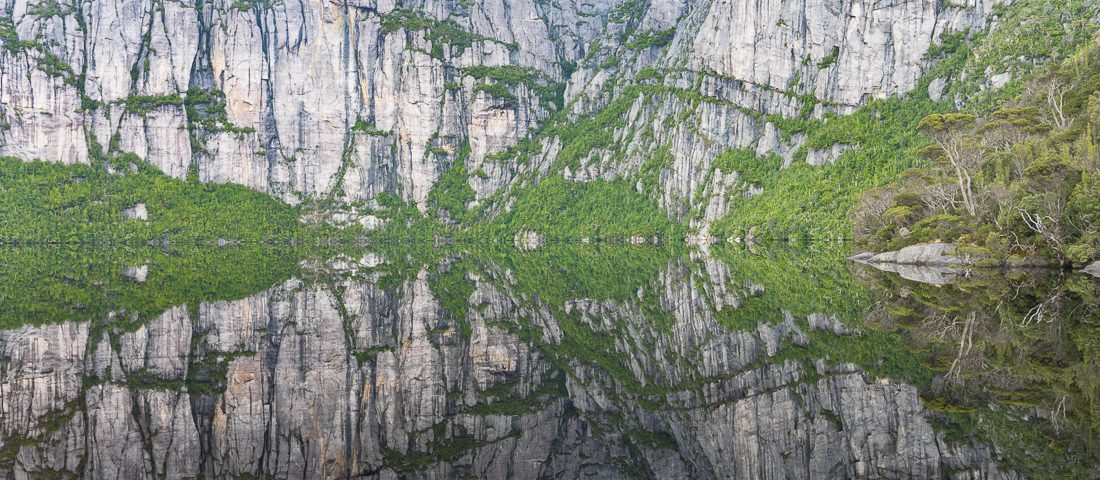TYNDALL RANGES FEASIBILITY STUDY
The Tyndall Ranges have been proposed as the location for Tasmania’s next “Iconic Walk”. Parks Tasmania has now just released the feasibility study, and it’s troubling.
Words: James McCormack
Photography: Martin Hawes
Parks Tasmania has just released their feasibility study for the Tyndall Range Iconic Walk. The Tyndalls, on Tasmania’s West Coast not far from Queenstown, are a small but beautiful range, with a string of glittering lakes and alpine peaks. In short, it’s a wilderness area that needs to be treated with respect.
The proposed track has been talked about for a couple of years now (Bob Brown wrote about in his column back in Wild Issue #173), and now we’re getting what’s being termed the ‘final’ feasibility study. There are some positives, notably that the proposed track alignment has altered from a damaging one across the range tops to something roughly approximating the lower, more environmentally friendly route that Bob Brown suggested in his column. That said, this is a proposal that Jenny Weber of the Bob Brown Foundation says, “is another giant step to privatising and degrading Tasmania’s wilderness for the rich, with ordinary Tasmanians unable to afford the privatised guided walks. They do not have the average family in mind here.”
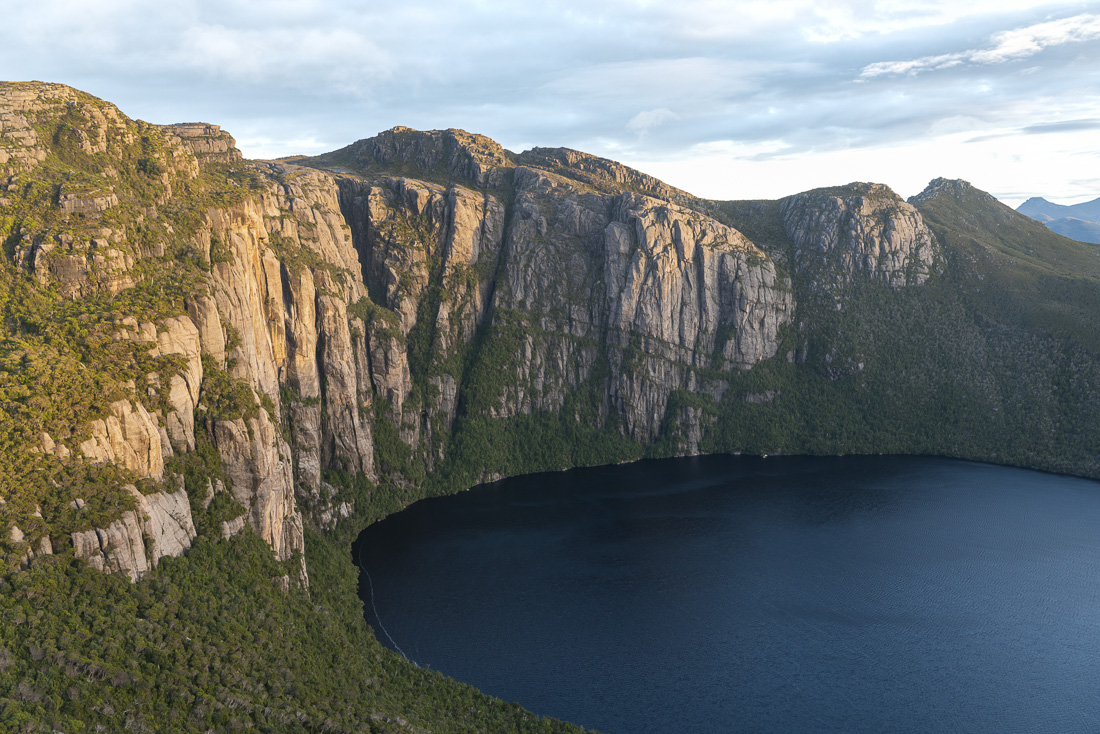
Weber is right. With construction costs expected to be roughly $40 million, the feasibility study expects the ‘experience cost’ to be $576 per person for those staying in proposed “huts”, and $288 for those camping. For two nights! And this is at 100% occupancy. If occupancy is lower, those costs go up. At 70% capacity, it’s $800+. To be clear, that’s not the fees; these are the costs per person necessary for the project just to break even. Who knows what the fees will actually be if it’s to turn a profit? And turning a profit won’t be easy; the wet weather in the area means the operational period is expected to be just six months annually. Then there’s the question to what extent the public lands here will be privatised to help justify the amount of public money spent.
Given there will just 39 on-going jobs created by this $40 million outlay (and remember, the track will be operational for only half the year), that’s a lot to be spent per job. Jenny Weber says, “With that $40 million, the Gutwein government could have funded the much longer and more diverse Trans Tarkine Track for the West Coast, as earlier proposed by Bob Brown Foundation, creating more jobs and with a wider spin-off for West Coast businesses.”
“There have got to better ways of benefitting the West Coast than this,” agrees Martin Hawes, a Tasmanian wilderness researcher. Hawes actually did the surveying for the Trans Tarkine route the Bob Brown Foundation supports. “It’d be ten days, which could be broken into two five-day walks. From an experiential point of view, it would be a winner, and could be walked year-round. The Tyndalls are a fantastic place, but the Tarkine has some of the greatest tracts of cool temperate rainforest on earth. And then there’s coastline and the amazing Aboriginal heritage.” All that’s besides the fact that unlike the Tyndalls, walks here could be run year-round.
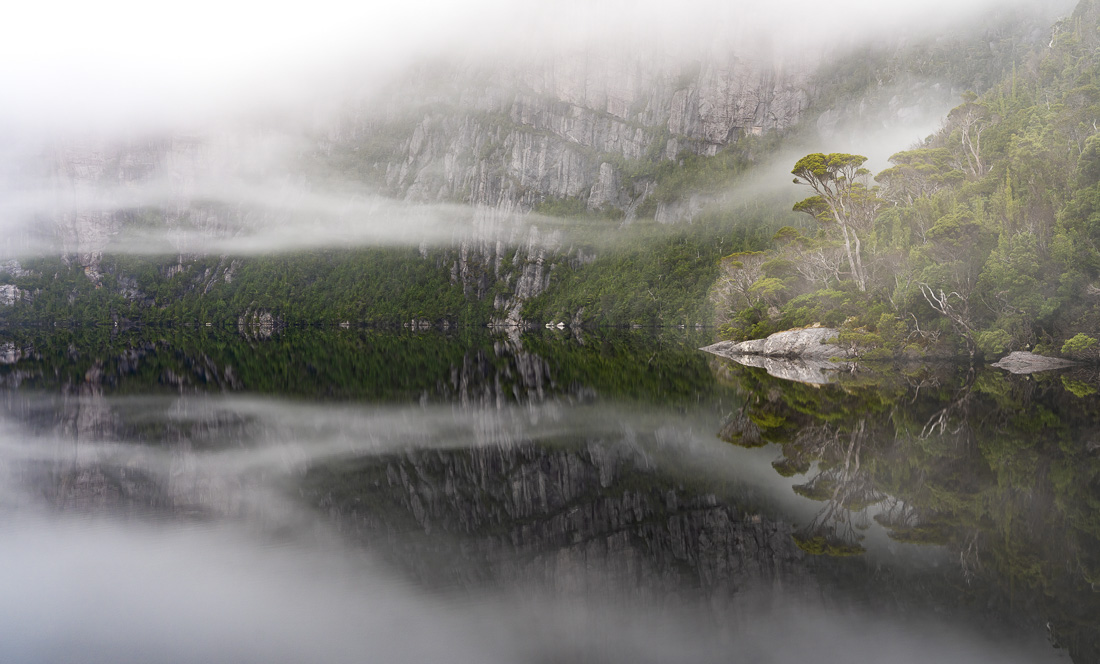
The kicker is that the Tyndalls aren’t even in a national park. “If Premier Gutwein is serious about advancing the West Coast as an outdoors destination,” says Weber, “he will accompany this track plan with making the Tyndall Range a national park and including it in the internationally-famous Tasmanian Wilderness World Heritage Area. That should be a given. This has been requested by the Tasmanian conservation movement since the 1970s.”
“The area is actually no more than regional reserve,” says Martin Hawes. “It’s not a sufficiently strong classification to protect the area.” It can, for instance, still be mined. The feasibility study admits that the route “impacts on existing exploration permits,” and that “potential exists for exploration and long-term mining activity.”
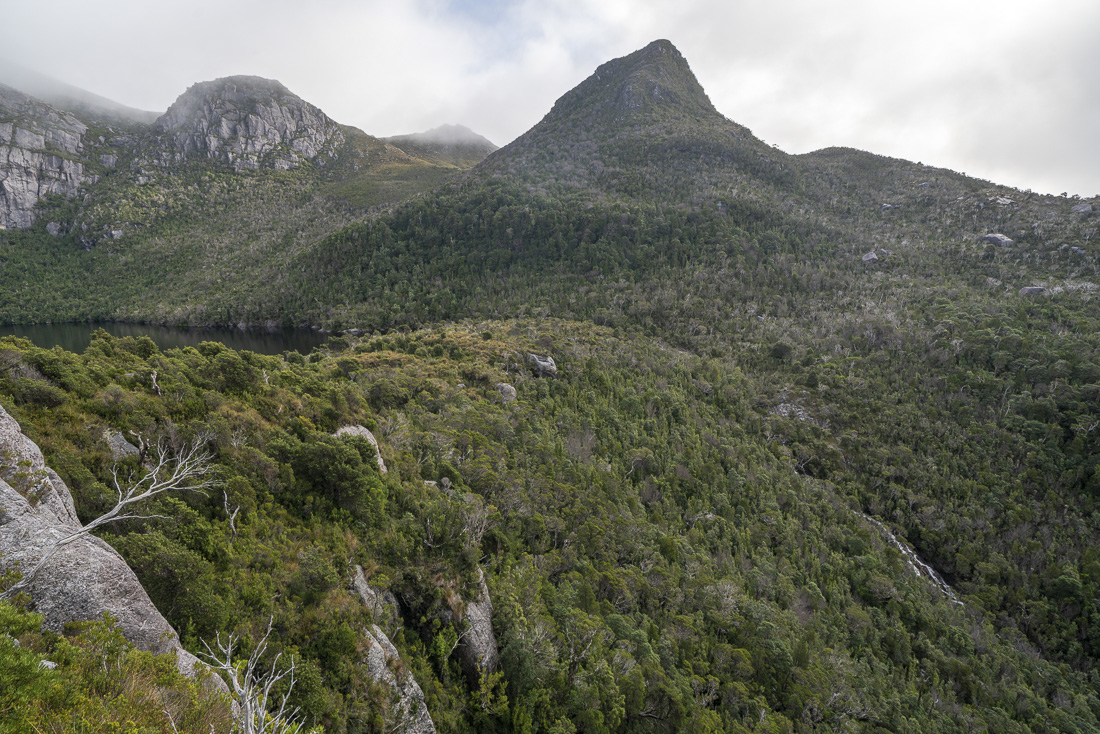
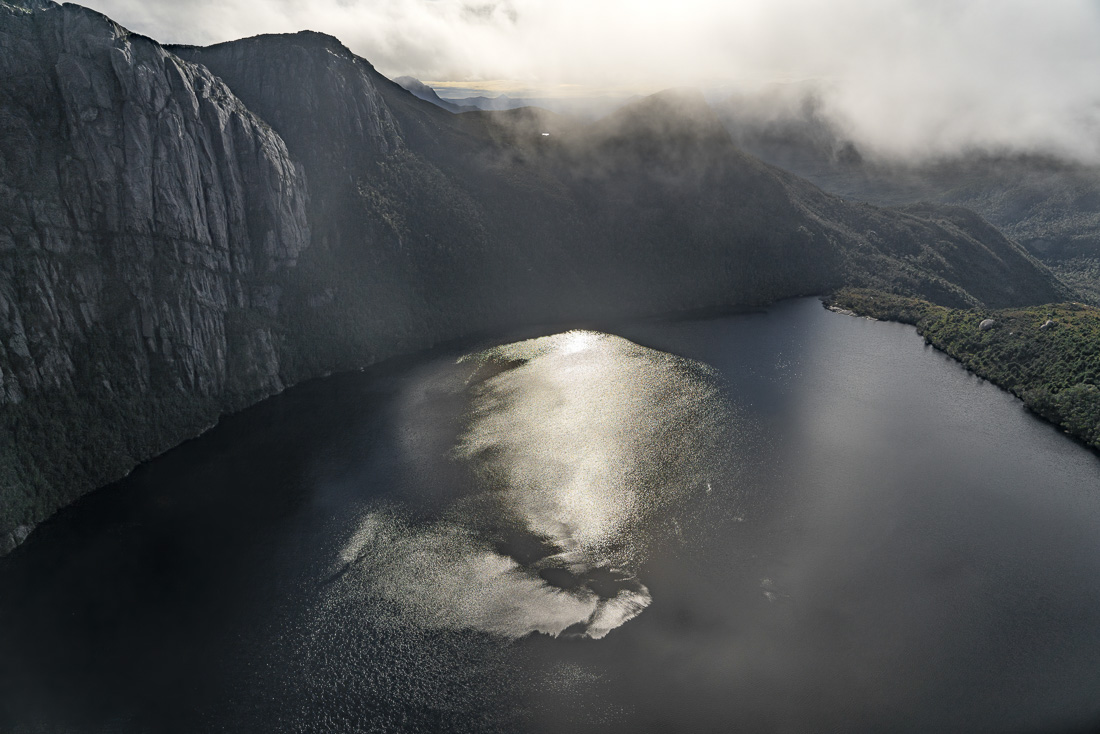
Then there are locations of the “huts” (yes, “huts” deserves to be placed in inverted commas; check out our 2-part series on Luxury Lodges = Wilderness Lost here and here.) One of the two “huts” will be placed at Lake Huntley, “which is,” says Martin Hawes, “basically pristine. It will do major damage to the wild values of the Tyndalls. It will completely change the character of the area.”
As of yet, no wilderness impact statement of this proposal, including the two “huts”, has been undertaken or released publicly. “Meanwhile,” says Jenny Weber, “there are 2000km of tracks in Tasmania’s National Parks that are derelict and lacking maintenance while the government featherbeds the rich. While our National Parks and Wildlife Service is severely underfunded, government handouts will sell off the public commons.”
To read the Parks Tasmania’s Feasibility Study, head here


